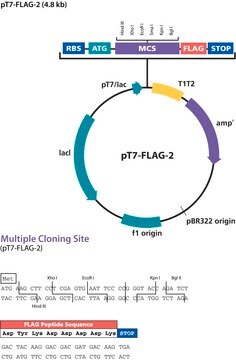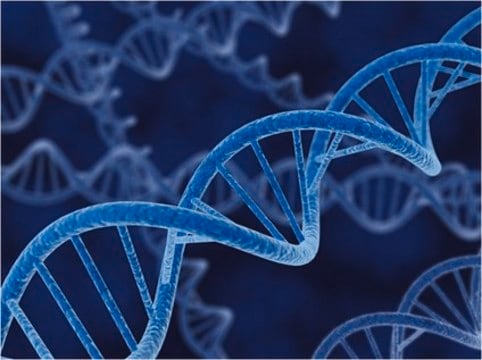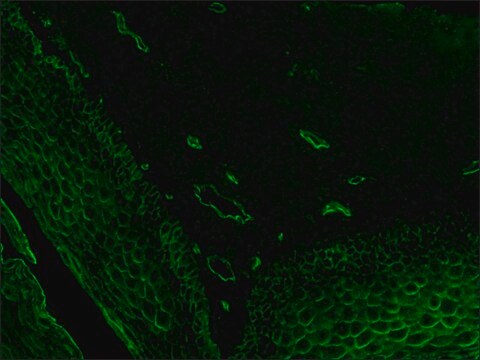OGS93
PSF-CMV-NH2-HA-EKT-NCOI - N-TERMINAL FLU HA TAG PLASMID
plasmid vector for molecular cloning
Synonyme(s) :
cloning vector, expression vector, molecular cloning vector, plasmid, plasmid vector, snapfast vector, vector
About This Item
Produits recommandés
Étiquette/Marqueur
Hemagglutinin A (HA) tagged
Forme
buffered aqueous solution
Poids mol.
size 4265 bp
Sélection de bactéries
kanamycin
Origine de la réplication
pUC (500 copies)
Clivage des peptides
no cleavage
Localisation du marqueur peptidique
N-terminal
Promoteur
Promoter name: CMV
Promoter activity: constitutive
Promoter type: mammalian
Gène reporter
none
Conditions d'expédition
ambient
Température de stockage
−20°C
Description générale
Promoter Expression Level: This plasmid contains the mammalian CMV promoter to drive gene expression. We have tested all of our mammalian promoters in a range of cell types and CMV is consistently the strongest in those we have studied. However there are many reports of the CMV promoter demonstrating silencing by methylation in long-term culture.
Application
There is a start codon in the NcoI site can be removed by digestion with KpnI if required. The MCS for gene insertions extends from NotI to XbaI however the tag resides between the NotI and HindIII sites. There are Shine-Dalgarno sequences and KOZAK sequences aligned with the start codon of the peptide tag.
The ClaI to NheI sites have other functions such as adding C-terminal peptide tags second promoters or IRES expression components. The BsgI and BseRI restriction sites cleave within the stop codon in the XbaI site and allow the retrospective fusion of C-terminal peptide tags sequences if the stop codon is placed in this position.
Séquence
Remarque sur l'analyse
Produit(s) apparenté(s)
Code de la classe de stockage
12 - Non Combustible Liquids
Point d'éclair (°F)
Not applicable
Point d'éclair (°C)
Not applicable
Certificats d'analyse (COA)
Recherchez un Certificats d'analyse (COA) en saisissant le numéro de lot du produit. Les numéros de lot figurent sur l'étiquette du produit après les mots "Lot" ou "Batch".
Déjà en possession de ce produit ?
Retrouvez la documentation relative aux produits que vous avez récemment achetés dans la Bibliothèque de documents.
Notre équipe de scientifiques dispose d'une expérience dans tous les secteurs de la recherche, notamment en sciences de la vie, science des matériaux, synthèse chimique, chromatographie, analyse et dans de nombreux autres domaines..
Contacter notre Service technique








